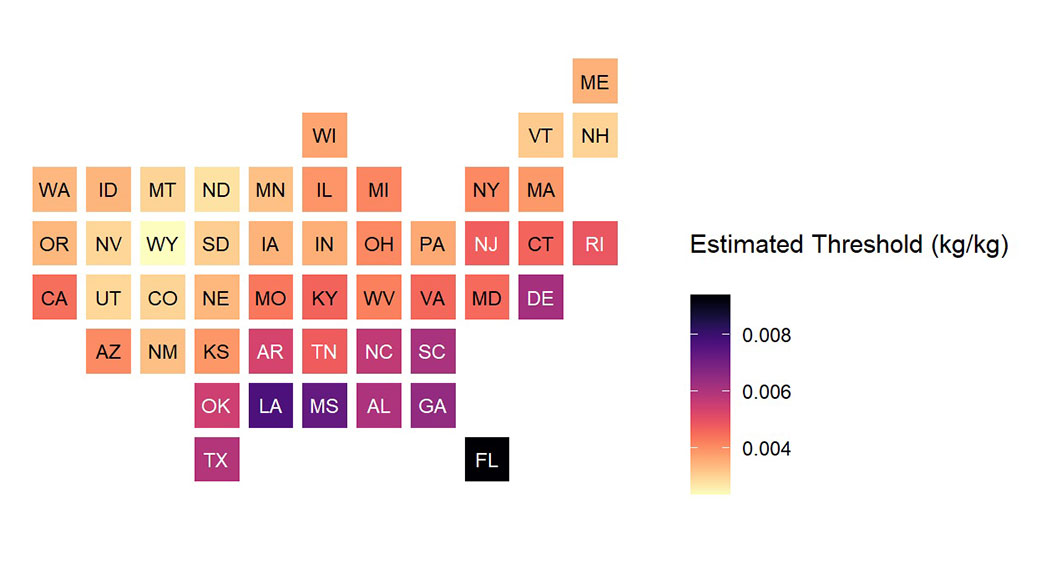NASA satellite data illuminates a critical relationship between low humidity and the outbreak of flu in the U.S.
What triggers an outbreak of the influenza virus? A new study of the flu in the 48 contiguous U.S. states, using data from the Atmospheric Infrared Sounder (AIRS) on NASA’s Aqua satellite, has found that the answer is closely tied to local weather – specifically, to low humidity – and varies from state to state.
Average humidity varies widely across the United States, but even in the most humid states, it begins to drop as winter approaches. Researchers at NASA’s Jet Propulsion Laboratory in Southern California and the University of Southern California correlated AIRS measurements of water vapor in the lower atmosphere with flu case estimates for each week from 2003 to 2015. The researchers found that in each state, there is a specific level of low humidity that may signal a flu outbreak is imminent. When this threshold is crossed each year, a large increase in flu cases follows within two or three weeks, on average.

These threshold levels of low humidity closely parallel each state’s average climate. Although all 48 states have different thresholds, states with humid climates, such as those in the Southeast, have higher threshold values than arid states, including those in the West and Southwest.
The study wasn’t designed to answer why lower humidity leads to flu outbreaks.
Jane J. Lee / Andrew Wang
Jet Propulsion Laboratory, Pasadena, Calif.
818-354-0307 / 626-379-6874
jane.j.lee@jpl.nasa.gov / andrew.wang@jpl.nasa.gov
2022-025



























